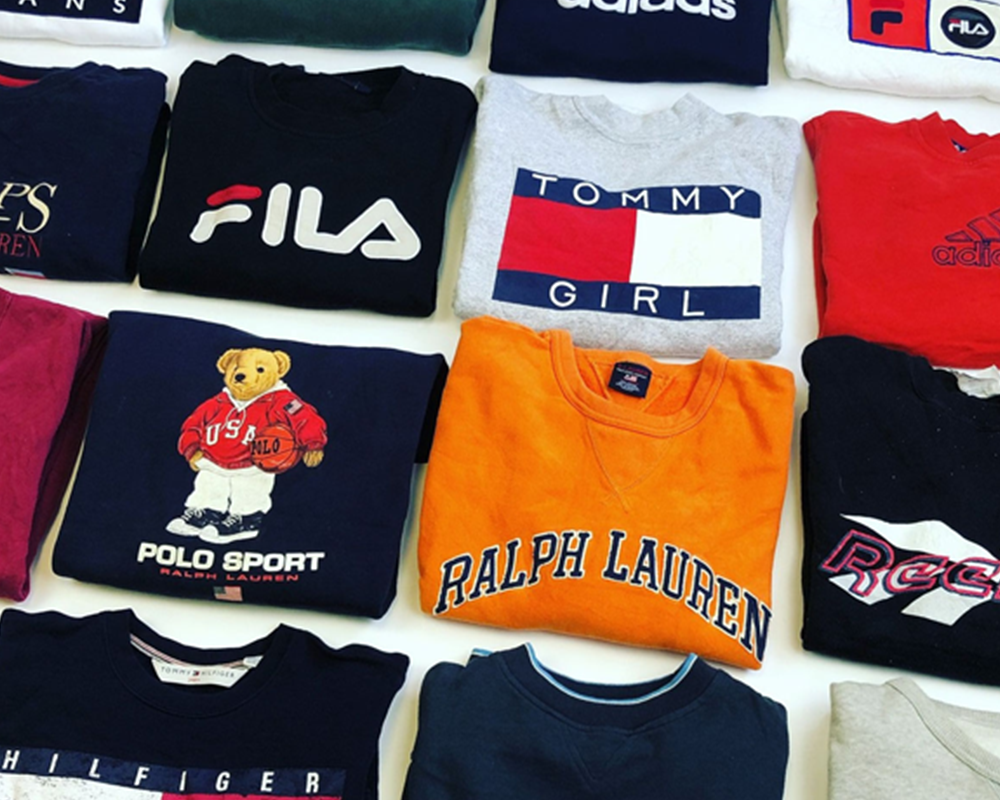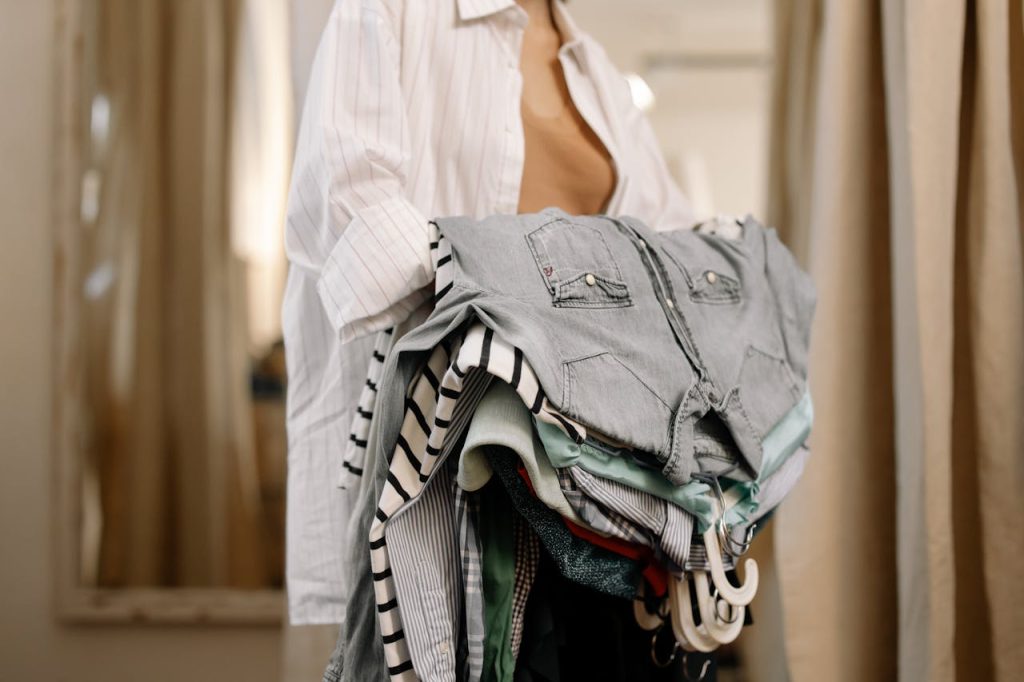In recent years, the United Kingdom has witnessed a remarkable shift in shopping habits, with a growing number of consumers embracing preloved clothing. This surge in second-hand fashion is not just a passing trend but a significant movement reshaping the retail landscape and consumer attitudes towards sustainability.
The Rise of Preloved
The preloved clothes market in the UK has experienced unprecedented growth. According to ThredUp’s 2021 Resale Report, the UK’s second-hand market is expected to grow 11 times faster than the broader retail clothing sector by 2025. This surge is driven by various factors, including environmental consciousness, economic considerations, and changing perceptions of second-hand items.
Driving Factors Behind the Surge
- Environmental Awareness: With increasing concern about fast fashion’s environmental impact, many UK consumers are turning to preloved items as a more sustainable alternative.
- Economic Factors: The cost-of-living crisis has prompted many to seek more affordable clothing options, making preloved items an attractive choice.
- Circular Fashion Movement: The concept of a circular economy in fashion, where clothes are reused and recycled, has gained traction among both consumers and retailers.
- Digital Platforms: The rise of online marketplaces and apps like Depop, Vinted, and eBay has made buying and selling second-hand clothes more accessible than ever.
- Influencer Impact: Social media influencers and celebrities endorsing vintage and second-hand fashion have helped destigmatize preloved clothing.
The Changing Face of Retail
The preloved surge is not just affecting individual sellers but is also transforming the retail sector:
- Charity Shops Evolving: UK charity shops are modernizing, with many creating online presences and curating their offerings to appeal to trend-conscious shoppers.
- High Street Adaptation: Some traditional retailers are entering the second-hand market. For instance, Selfridges has launched its own resale platform, “Resellfridges.”
- Rental Services: The surge has also boosted clothing rental services, with companies like Hurr and By Rotation seeing significant growth.
Challenges and Opportunities
While the preloved market is booming, it faces challenges:
- Quality Control: Ensuring the quality and authenticity of second-hand items, especially in online transactions.
- Logistics: Managing the collection, sorting, and distribution of preloved items efficiently.
- Changing Fast Fashion: Encouraging fast fashion brands to adopt more sustainable and circular business models.
However, these challenges also present opportunities for innovation in areas such as digital authentication technologies, sustainable logistics, and circular design practices.
The Future of Fashion in the UK
The surge in preloved clothing is more than just a trend; it’s a fundamental shift in how UK consumers view and interact with fashion. As this movement grows, we can expect to see:
- Further integration of second-hand offerings in mainstream retail
- Increased investment in technologies to support the circular fashion economy
- Growing emphasis on clothing durability and timeless design
- Potential policy changes to support sustainable fashion practices
Conclusion
The preloved clothes surge in the UK represents a significant step towards a more sustainable and conscious approach to fashion. As consumers continue to prioritize both environmental impact and value for money, the second-hand market is poised for continued growth, potentially reshaping the future of fashion in the UK and beyond.



